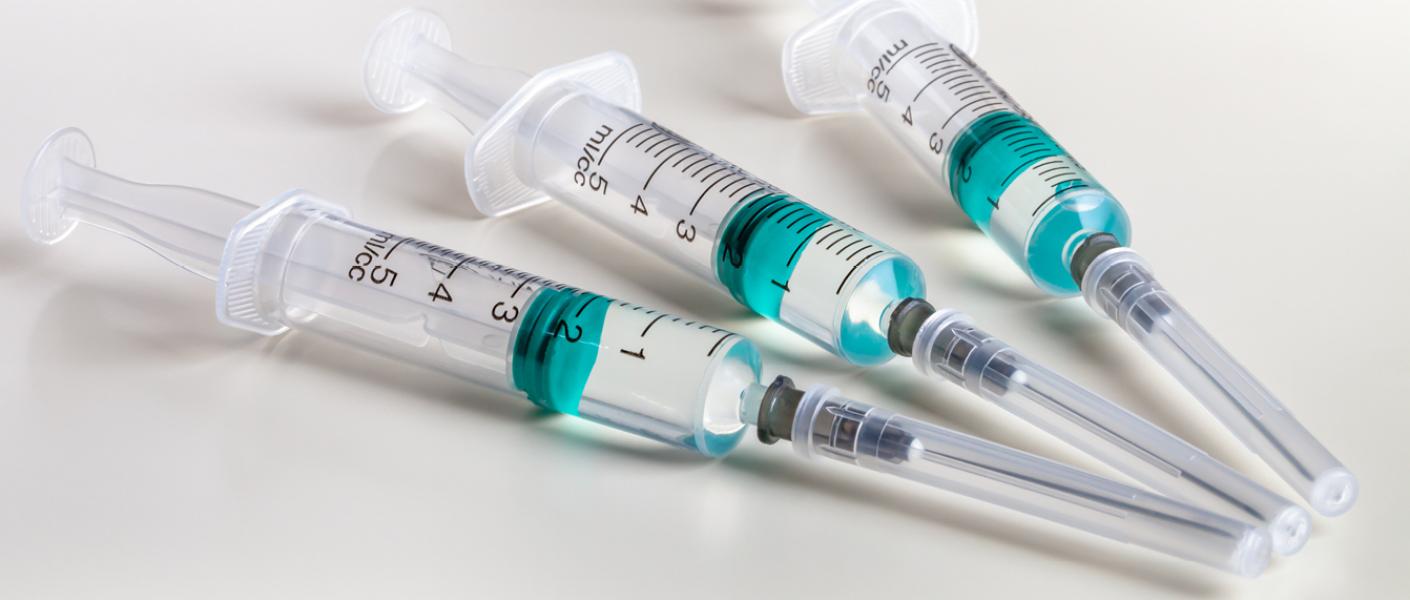
Starting your sterile injectables program off on the right foot
The successful sterile fill and finish of injectable drugs requires the highest levels of operational and quality excellence. Many variables must be considered and few cGMP manufacturing environments are as tightly controlled.
Due to growing demand, the pharmaceutical industry’s need for sterile injectable (e.g., aseptic and terminal sterilization fill/finish) capacity will likely grow, as will the role of contract development and manufacturing organizations (CDMOs) in delivering such capacity1.
How can drug sponsors and developers leverage these increasingly strategic commercial fill/finish partnerships? Product development experts Jennifer Quint and Daniel Lenz at Pfizer CentreOne offer their tips on how drug sponsors and developers can put programs on a firmer footing.
Qualify it all with your partners
Injectable primary packaging is increasingly complex with growing volumes of prefilled syringes and combination device cartridges being filled than ever before. In an effort to achieve best results, every vial, stopper, syringe, excipient, and API of an aseptic program entering a facility should be qualified for that facility. This practice is fundamental to launching a strong sterile injectable program. It is essential to make sure everything that worked in one manufacturing setting can work in another. It also helps begin the process of looking for ways to improve the process and find new efficiencies and economies.
Fresh data first
Experience has proven that no matter how simple the compound or primary packaging type, collaborators must manufacture non-cGMP type batches in order to understand risk and uncover the previously unidentified ‘unknowns’ before commercialization can begin.
Profile risk, together
Risks are magnified in sterile injectables, especially with highly potent APIs and other fragile compounds. Some products may have hidden incompatibilities, including glass versus plastic or leachability relative to the compound.
Part of evaluating a program’s potential is planning for its sustained manufacturing success and quality control in outsourced facilities. That’s why robust risk assessment protocols are a firm step in the right direction.
Leverage transparency both ways
A proper tech transfer into any sterile injectables cGMP facility takes serious time and focus, typically eight months to a year from signing a contract to commencing cGMP fill/finish operations.
Time is usually the most important commodity and being transparent and upfront at the start of fill/finish collaborations puts time in the bank for when it is needed most.
Program risk is more likely to come from small gaps in information and data that crop up from hazy project transparency between commercial partners relative to the product.
Collaborate with intelligence
Fill/finish collaborations can present tough challenges and test the operational experience and technical capabilities of even the most adept CDMOs. Filling sterile injectables and finishing them for commercial markets takes both expertise and close technical collaboration. Find a better path to success with commercial partners that deliver both.
Find out more about how Pfizer CentreOne can support your sterile injectables project
1 Outsourced Pharmaceutical Manufacturing 2020, Results Healthcare https://resultshealthcare.com/insight/cmo-sector-2020-current-trends-and-future-prospects-white-paper/